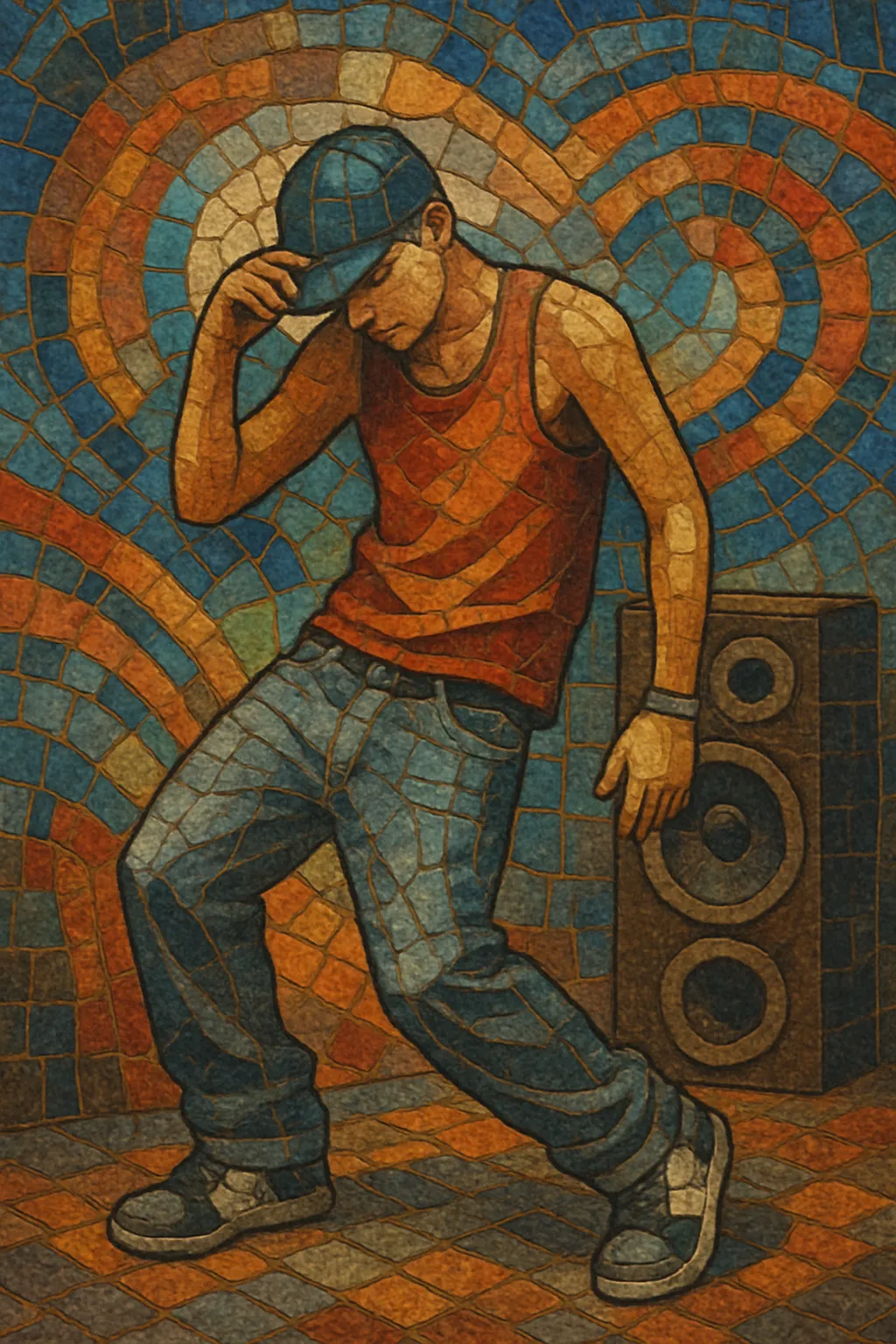Cumbia turra is a club‑oriented, urban offshoot of Argentine cumbia that surged in the early 2010s. It blends the street energy of cumbia villera with digital "bases" (looped drum patterns), bright synth hooks, and reggaeton/dembow accents.
It is minimalist and hook‑driven: short chants, Auto‑Tuned or vocoded vocals, and instantly memorable lead riffs sit over punchy electronic drums. Lyrics tend to revolve around partying, dancing, flirtation, and barrio identity.
The style is inseparable from dance trends of the era (e.g., "tirate un paso"), thriving in clubs, neighborhood parties, and viral videos. Its sound paved the way for later Argentine fusions that tightened the bond between cumbia and reggaeton/trap aesthetics.
Cumbia turra took shape in Argentina as DJs and young producers began building minimal, dance‑ready "bases" that fused cumbia villera grooves with clean, digital drum programming and synth riffs. Reggaeton/dembow patterns, Auto‑Tune, and club sonics from electro/latin house informed the aesthetic, while the ethos and imagery came from street and barrio culture.
The wave exploded through viral dance crews and club hits. Acts like Los Wachiturros, Nene Malo, and Los Turros popularized the sound and its associated dance steps in parties and on TV. Tracks relied on ultra‑catchy topline riffs, simple chants, and hard‑hitting electronic kits, making the style ideal for DJs and social media circulation.
The production is intentionally sparse: a heavy kick, crisp claps/rims, a rubbery sub or saw/square bass, and a lead synth with portamento or pitch‑bend doing the melodic heavy lifting. Vocals are short, repetitive, and often processed, leaving space for dance call‑outs. The scene emphasized accessible choreography and crowd participation—one‑liners, whistles, and drops aligned with moments for signature moves.
Cumbia turra normalized electronic club sonics in local cumbia and set up a bridge to later Argentine crossovers with reggaeton and trap. Its minimal "base" and chant‑driven approach fed directly into newer party styles and the broader RKT ecosystem, where cumbia, reggaeton, and urban pop sensibilities blend.


